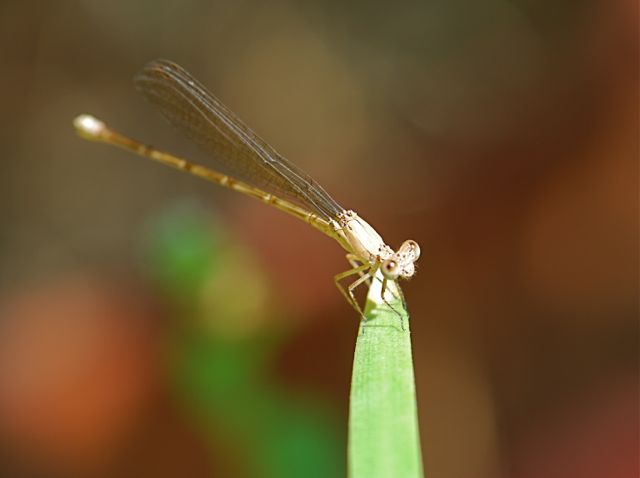The timing of natural events, or “phenology,” is something worth noting.
 Take the pond damselfly in this photograph. These delicate, light-brown damselflies arrive each year in our yard in August and September.
Take the pond damselfly in this photograph. These delicate, light-brown damselflies arrive each year in our yard in August and September.
 We found them in August 2012 and
We found them in August 2012 and
It is likely the adult emergence coincides with the summer rains we usually get in July and August. The humidity rises, plants start to grow again, and more insects of many kinds are active.
Interestingly, the brown damselflies we see each year are probably females because the males are often bright blue or violet.
What insects do you see at the same time year after year?






